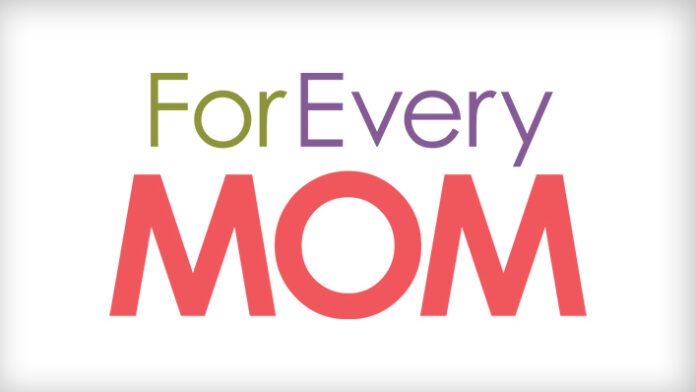As a mom, I often think about the many things I need to be teaching my children. Manners, kindness, empathy. Phonics, algebra, sentence structure. Oh, and of course, the practical matters of humor and hygiene. Hope hasn’t always been one of the things on my radar, but our children need it now more than ever.
Hope is the feeling that what one desires will happen; an overall perception that one’s goals will be met. Hope, like oxygen, is essential to life. We simply cannot live without it. When we have it, it can carry us. When we don’t… we suffocate.
As a school counselor, it wasn’t hard to see which kids were full of hope and which kids were grasping for it. Our children are experiencing a mental health crisis like nothing we’ve seen before. An estimated 17 million children are currently facing a mental health disorder (Child Mind Institute), and depression among children is sadly common, frequently unrecognized, and occurring at younger and younger ages (American Academy of Family Physicians.)
In today’s world, hope isn’t just one of the things we need to impart to our kids, it very well may be THE thing.
Life’s most important and desired behaviors: showing up, maximizing productivity, enjoying good health, and living longer are all dependent upon hope. Having hope can boost happiness, increase academic performance, and expand an individual’s professional successes.
Hope is a choice — it can be learned and shared, and best of all — it’s free and available to everyone. It doesn’t discriminate. If hope could speak, it would say, “the future will be better, and I have the power to make it so!” With hope, we understand that there are many paths to one goal, yet none of them are free of obstacles. Hope is the mindset that will equip our kids to overcome those obstacles.
Here are a few simple tips for helping your kids fill up their hope reservoirs:
- Link your child’s current thinking, efforts, and learning to their future lives by creating and sustaining excitement about the future. Talk about where they are now, where they want to be, and why.
- Teach your children that there are multiple pathways to a meaningful goal, and their path can look different than everyone else’s. My mom always used to tell me, “There’s more than one way to milk a duck!”
- Help your children develop a growth mindset (instead of “I can’t do it!,” it’s “I can’t do it YET!”) so they can knock down existing obstacles and blaze new pathways.
- Reestablish goals when circumstances demand it, and remind them that they are not in competition with anyone else. Their ultimate goal is to best the best version of themselves today.
- Offer opportunities for your kids to become hope builders for others (“she looks sad, let’s go talk to her!”, “Jake had a hard week, what can we do to help him feel better?” etc.) Help your kids understand how sharing hope can make them feel more hopeful, too.
- Set healthy limits on screen time! Building hope in an online world requires a lot less effort than doing it in the real world. Kids who play a lot of video games often get let down by real-life because it becomes much more difficult for them to experience success. Excessive screen time also competes with sleep. When a child lacks appropriate amounts of sleep, it can lead to irritability, increased anxiety, and depression.
And in your quest to offer this precious lifeline to your kids, remember one thing: hope is reciprocal. Hopeful parents have hopeful kids. Hopeful teachers develop hopeful students. Hopeful employers build hopeful employees.
If you or your child is having a hard day, tomorrow WILL be better, and YOU have the power to choose to be hopeful, even when circumstances are hard. And this choosing to be hopeful builds another critical skill in our children: resilience.
That’s the great thing about hope — there is no downside. It can only make the world seem better. It can only make the gray clouds brighter. It can only make the impossible seem possible.
***
Julia Cook, M.S. is an award-winning children’s book author, counselor, and parenting expert. Her new book, A Flicker of Hope, is available now.




